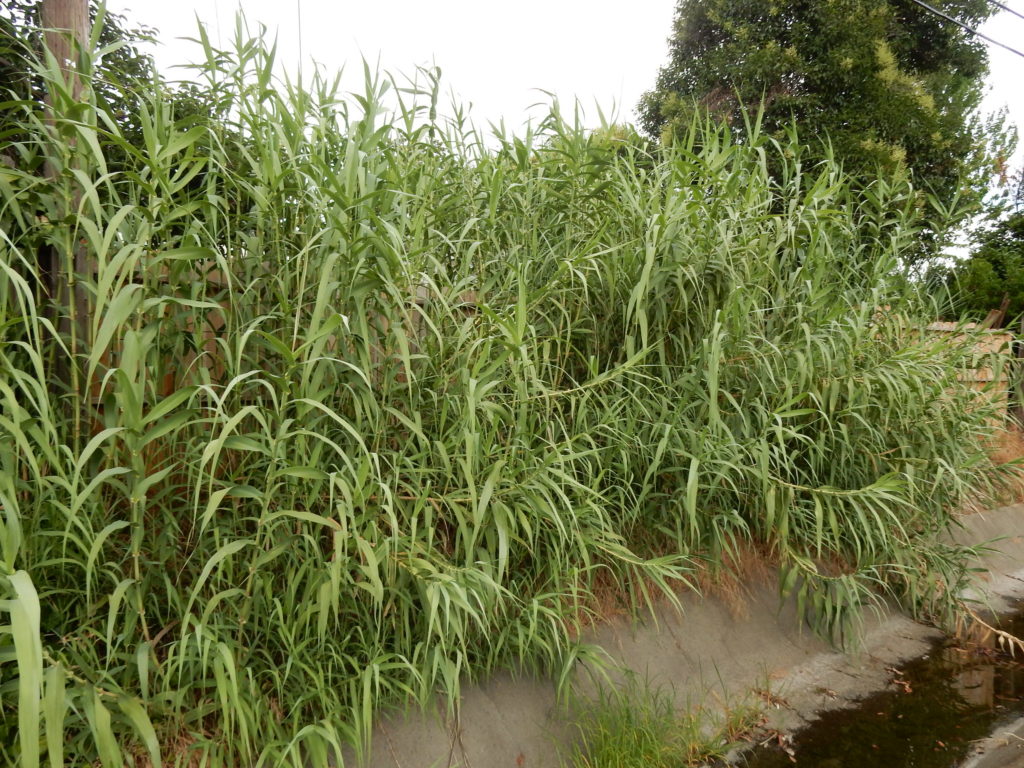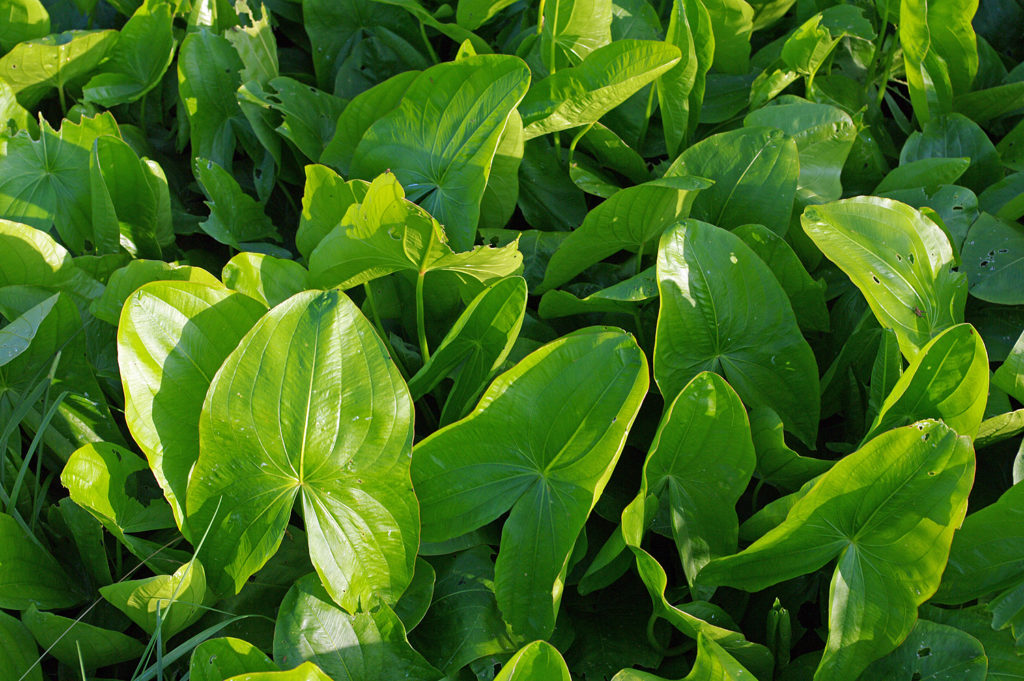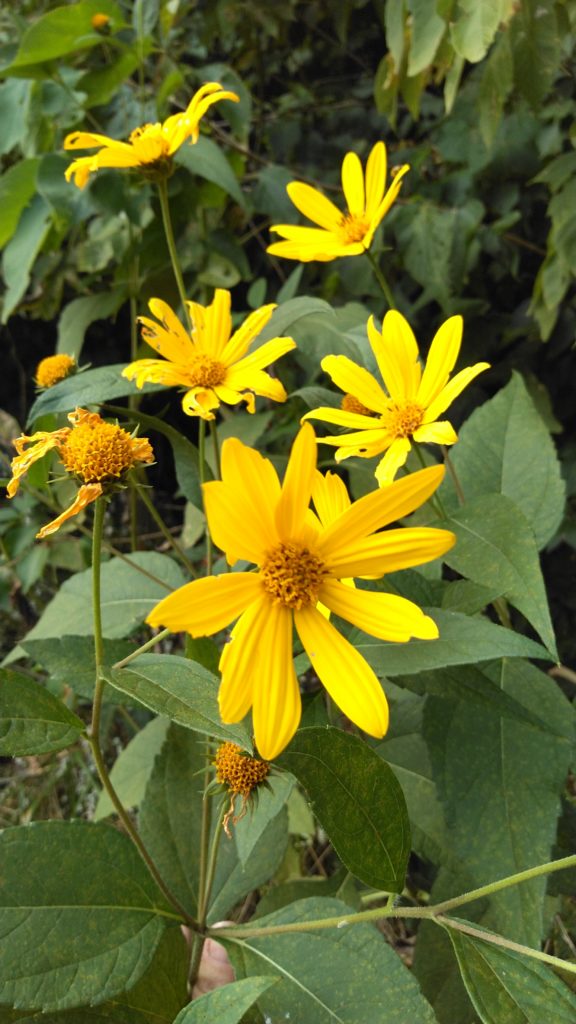Winter Foraging 101: Foraging Wild Roots, Shoots, and Tubers
Wild greens aren’t the only thing to forage in the winter. Winter foraging can provide lots of sources of starch and carbohydrates to be foraged as well.
Cattails (Typha sp.) are easy to recognize and often found at the edges of lakes and ponds, where the insulating properties of the water make them easier to harvest in cold weather. Cattail tubers have a myriad of uses and the young shoots are good to eat raw, in stir fry or roasted.

Giant Reed Grass (Arundo donax) can be used just like Cattails – in many areas its invasive nature is a problem so harvest all you like! Broad-leaved Arrowhead (Sagittaria latifolia) is another marshy plant that produces tubers called “duck potatoes” that can be used similarly.


In prairies and fields Sunchoke (Helianthus tuberosus), also called Jerusalem Artichoke, produce many fingerling shaped tubers that are sweeter and more digestible after a frost, although they are smaller than the supermarket variety.

Nutsedge Grass (Cyperus sp.) is another easy-to-identify resident of many waste areas or wet areas, and it also produces a nutty-flavored tuber under the surface, called earth almonds, or chufa nuts, that can be gathered in large quantity and make a great food– in Spain a traditional drink made from the “milk” pressed from these “earth almonds” is called horchata de chufa.
